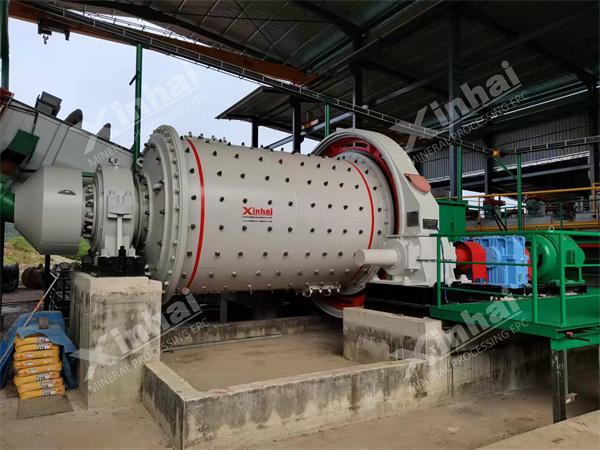Grid Ball Mills are commonly used in various industries for the grinding and processing of materials. The efficiency of grinding in these mills plays a crucial role in determining overall productivity and cost-effectiveness. In this article, we will explore the factors influencing grinding efficiency in Grid Ball Mills and discuss various methods and technological advancements aimed at enhancing it.
A. Ball Mill Parameters
1. Speed: The rotational speed of the mill affects the kinetic energy of the grinding media and the impact force on the material. Optimal speed ensures efficient grinding without excessive energy consumption.
2. Loading Capacity: The filling degree of the mill affects the contact area between the grinding media and the material. Overloading or underloading the mill can reduce efficiency.
3. Size and Shape of Grinding Media: The size distribution and shape of the grinding media influence the grinding process. Proper selection can optimize the grinding efficiency by ensuring effective impact and crushing of particles.
B. Material Properties
1. Hardness: Harder materials require more energy for grinding. Understanding the hardness of the ore helps in selecting appropriate grinding media and operating parameters.
2. Size Distribution: The particle size distribution of the feed material affects the grinding efficiency. A uniform feed size distribution leads to more efficient grinding.
3. Moisture Content: Excessive moisture in the feed material can lead to agglomeration and decrease grinding efficiency. Proper moisture control is essential for optimal performance.
C. Operational Parameters
1. Feed Rate: The rate at which material is fed into the mill affects the residence time and grinding kinetics. Controlling the feed rate ensures consistent and efficient grinding.
2. Slurry Density: The density of the slurry in the mill affects the transport of particles and the viscosity of the pulp. Maintaining optimal slurry density improves grinding efficiency.
3. Grinding Time: The duration of the grinding process influences the fineness of the product and energy consumption. Optimizing grinding time ensures efficient utilization of resources.

A. Optimize Ball Mill Parameters
1.Adjusting Speed: Experimentation with different mill speeds helps identify the optimal rotational speed for maximum grinding efficiency.
2.Optimizing Loading Capacity: Properly adjusting the mill's loading capacity prevents overloading or underloading, ensuring efficient grinding.
3.Selecting Proper Grinding Media: Choosing the right size and shape of grinding media based on the material properties and desired fineness improves grinding efficiency.
B. Control Material Properties
1.Pre-treatment of Ore: Pre-crushing or pre-grinding of the ore can reduce its hardness and improve grinding efficiency.
2.Particle Size Analysis and Control: Regular particle size analysis helps maintain a consistent feed size distribution, enhancing grinding efficiency.
3.Moisture Control Techniques: Drying or dehumidification of the feed material prevents excessive moisture content, leading to improved grinding efficiency.
C. Implementing Operational Improvements
1.Effective Feed Control: Implementing automatic feed control systems ensures a consistent and optimal feed rate, enhancing grinding efficiency.
2.Optimal Slurry Density Management: Monitoring and adjusting slurry density in real-time optimize grinding conditions and improve efficiency.
3.Efficient Use of Grinding Time: Utilizing advanced scheduling and control systems ensures the efficient use of grinding time, maximizing productivity.
A. Automation and Control Systems
Automation technologies enable real-time monitoring and control of grinding parameters, leading to more efficient operation and higher productivity.
B. Advanced Grinding Aids and Additives
Innovative grinding aids and additives improve the efficiency of grinding processes by enhancing particle dispersion, reducing agglomeration, and improving flow characteristics.
C. Innovative Mill Designs and Linings
New mill designs and liner materials enhance wear resistance, reduce energy consumption, and improve grinding efficiency.
Case studies and comparative analyses of grinding efficiency enhancement techniques provide practical insights and demonstrate the effectiveness of different approaches.
In conclusion, optimizing grinding efficiency in Grid Ball Mills requires a comprehensive understanding of various factors influencing the process. By carefully controlling ball mill parameters, material properties, and operational parameters, combined with technological advancements and best practices, significant improvements in grinding efficiency can be achieved. Continuous research and innovation in this field will further drive the development of more efficient grinding processes, contributing to the sustainability and competitiveness of various industries.